A Second Chance on the Swan River
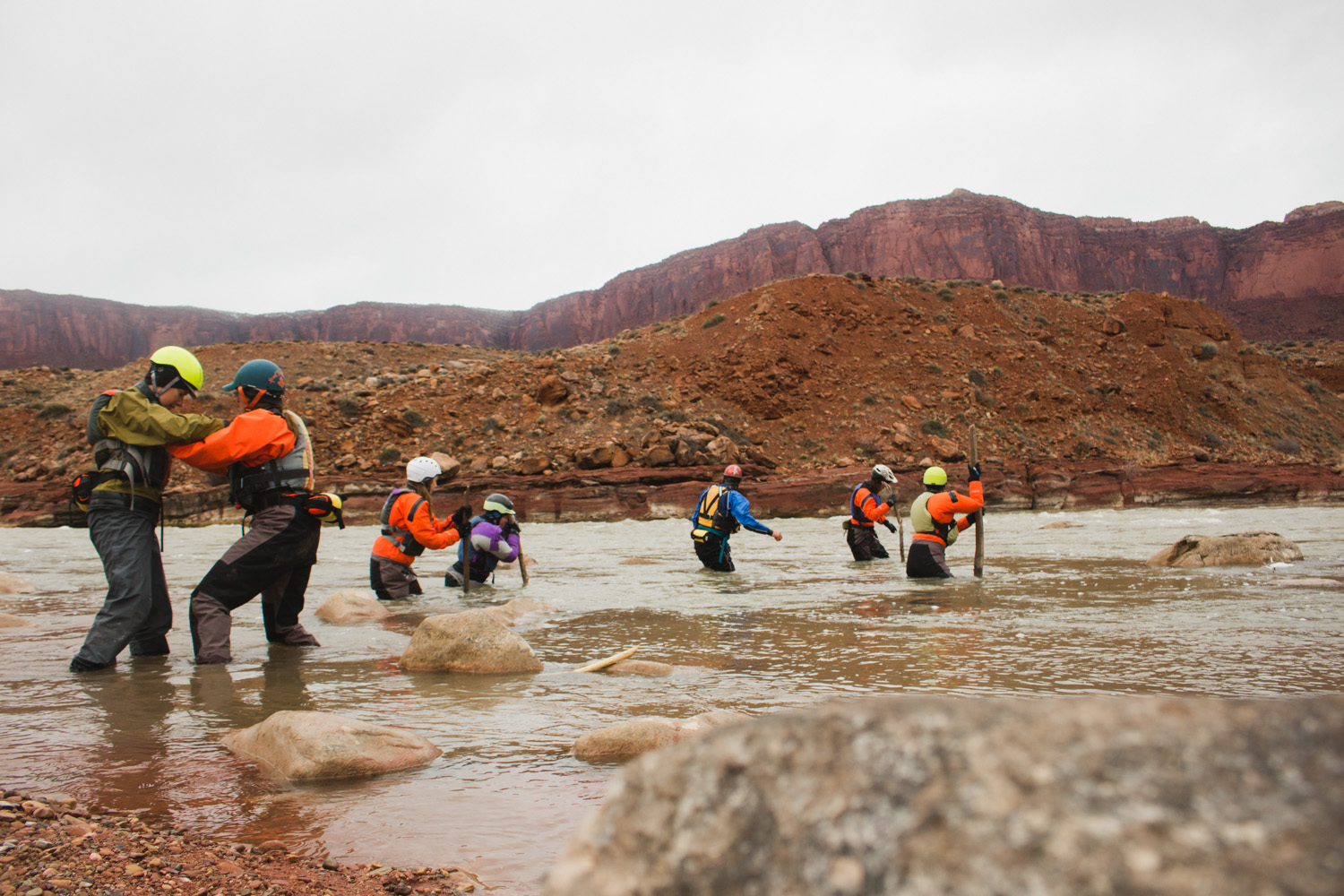
A Second Chance on the Swan River
Words and photos by Andrea DiNino
One second I was floating with Keegan, and the next I couldn’t breathe. Everything went black and the only thing I could hear was the sound of water rushing.
I couldn’t tell if I was moving backwards or in circles or not at all. My arms and legs flailed, but there was nothing to grab onto, and trying to do so only disoriented me more. I was powerless. As my chest tightened with my last few sips of air, that unacknowledged belief of, “Those things only happen to other people,” came to stare me in the face.
Two and a half years ago I moved, somewhat on a whim, to Condon, MT (pop. about 500) into an off-grid cabin. A couple months into living in my new mountain town, I found myself in a situation I never imagined I’d be in–pinned against a downed tree in a log jam in the Swan River.
As my chest tightened with my last few sips of air, that unacknowledged belief of, “Those things only happen to other people,” came to stare me in the face.
One of my best friends had come to visit me from Portland, and wanting to show him a good time, I thought it’d be fun to float the river. Having heard that there was a section of the river where locals would sometimes float, I reached out to a friend who grew up in town and asked him where to put in/take out. I later found out that he didn’t realize I intended to float that day… It was early June and the river was high and moving fast, not to mention glacially cold from melt-off.
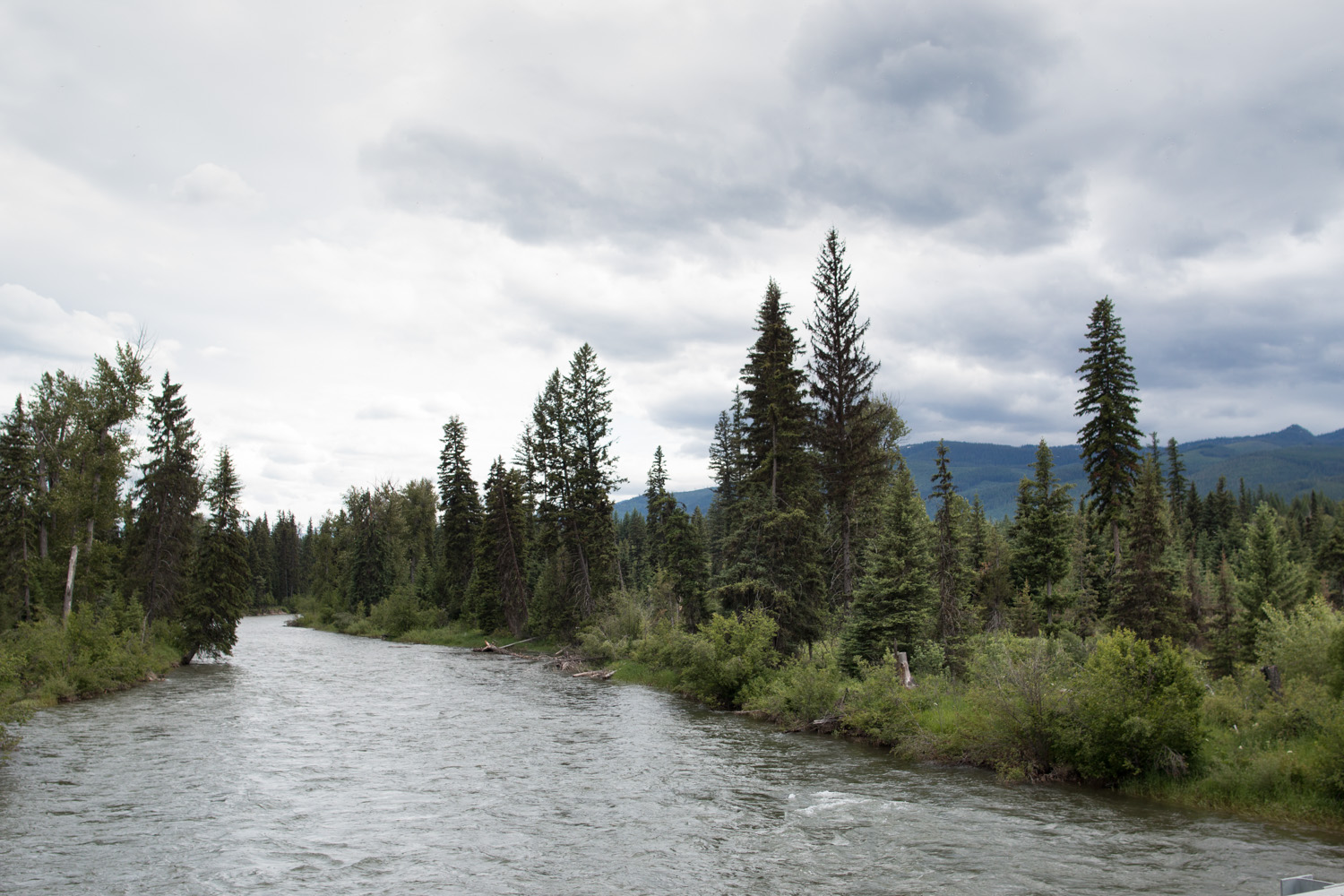
The same section of the Swan River where Andrea nearly drowned, photographed two years later with lower, calmer water
It’s funny looking back. I hadn’t grown up on rivers and my knowledge around them was minimal. I saw them as much less dynamic and possibly hazardous than they were. So when we went to put our floats on the water (without PFDs or paddles…things I’m embarrassed to admit now), I had one brief moment of thinking, “Does that water look pretty fast?” before I decided the adventure outweighed my worry.
I had one brief moment of thinking, “Does that water look pretty fast?” before I decided the adventure outweighed my worry.
Most of our float was something out of a movie; the sun was shining and there wasn’t a soul in sight. I remember thinking how lucky I was to live this life. After maybe an hour of making our way down the river, we were both starting to get bored and hoping each new bend would reveal the take-out bridge.
Just as our end destination came into sight, one big, life-changing obstacle also came into focus and stood between us and our goal. Huge pieces of timber laid across most of the width of the river. Keegan and I were unsuccessfully trying to paddle around it until I realized we weren’t going to make it and foolishly thought I would just bounce off or come to a stop in front of it.
That didn’t happen.
Keegan somehow made it up onto the top of the first log we hit, while I went under and came up against another tree. He was able to get to the riverbank, and eventually bush-whack his way to the highway to find help, while I was pinned against the jam clinging desperately to keep my head above water.
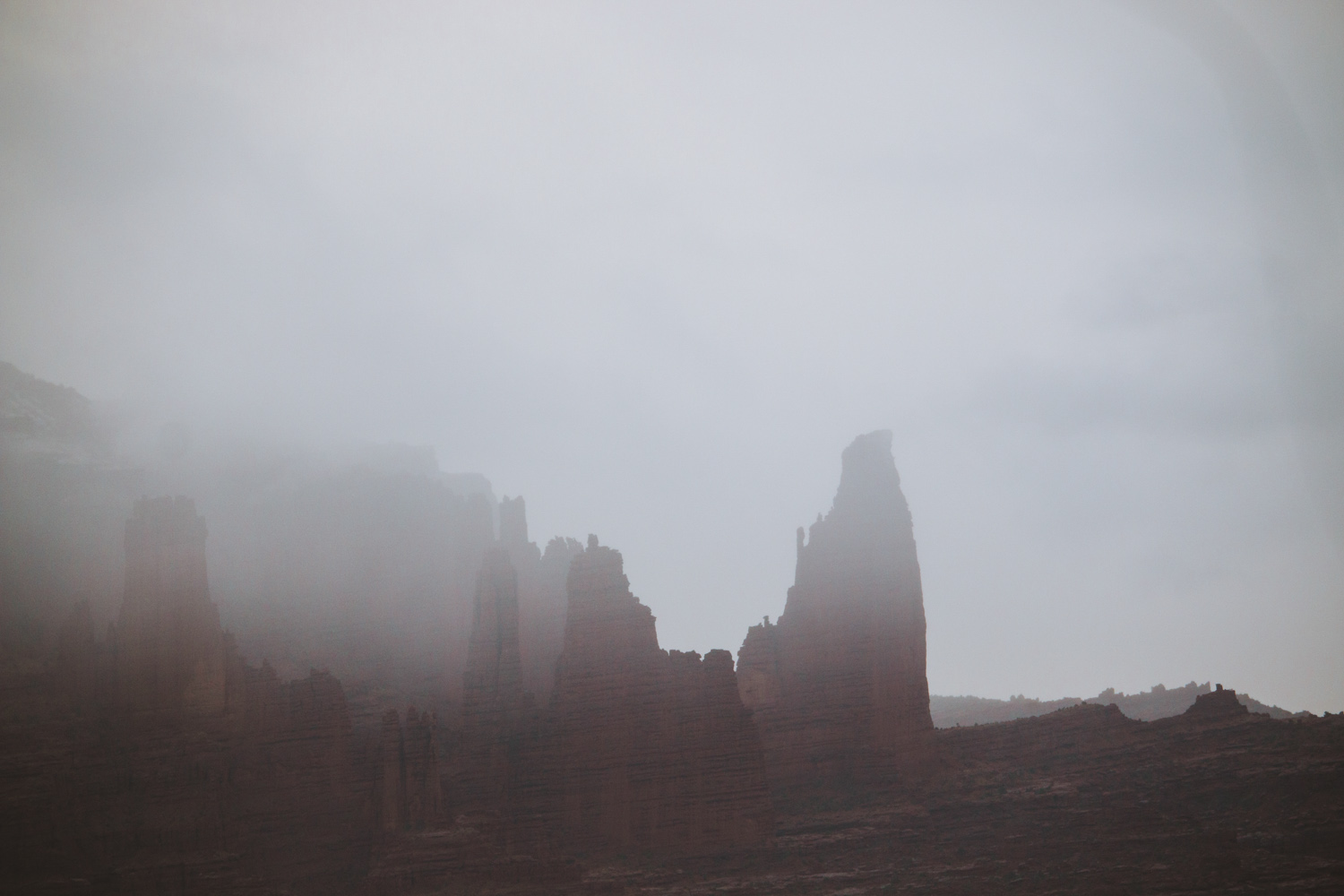
I was left alone for long stretches of time, clutching the broken branches below me and yelling out what little I remembered of prayers from Catholic school alongside a multitude of swearing. I told myself I had a couple hours of fight in me. The sun was going down and my lower body was numb from the constant rush of water pinning me to the log.
My rescue took about three hours with a crew comprised of Swan Mission Search & Rescue, the Condon Fire Department, EMT volunteers, and forest service employees. After one failed attempt that pushed me back down underwater, I started to lose hope and energy. Finally, I was pulled into a small boat (which we all then immediately fell back out of), then dragged to the riverbank thanks to a rope I had been hanging onto.
Soon I found myself on my way to the hospital with nothing more than hypothermia, some soon-to-be scars, and a fear of fast-moving water.
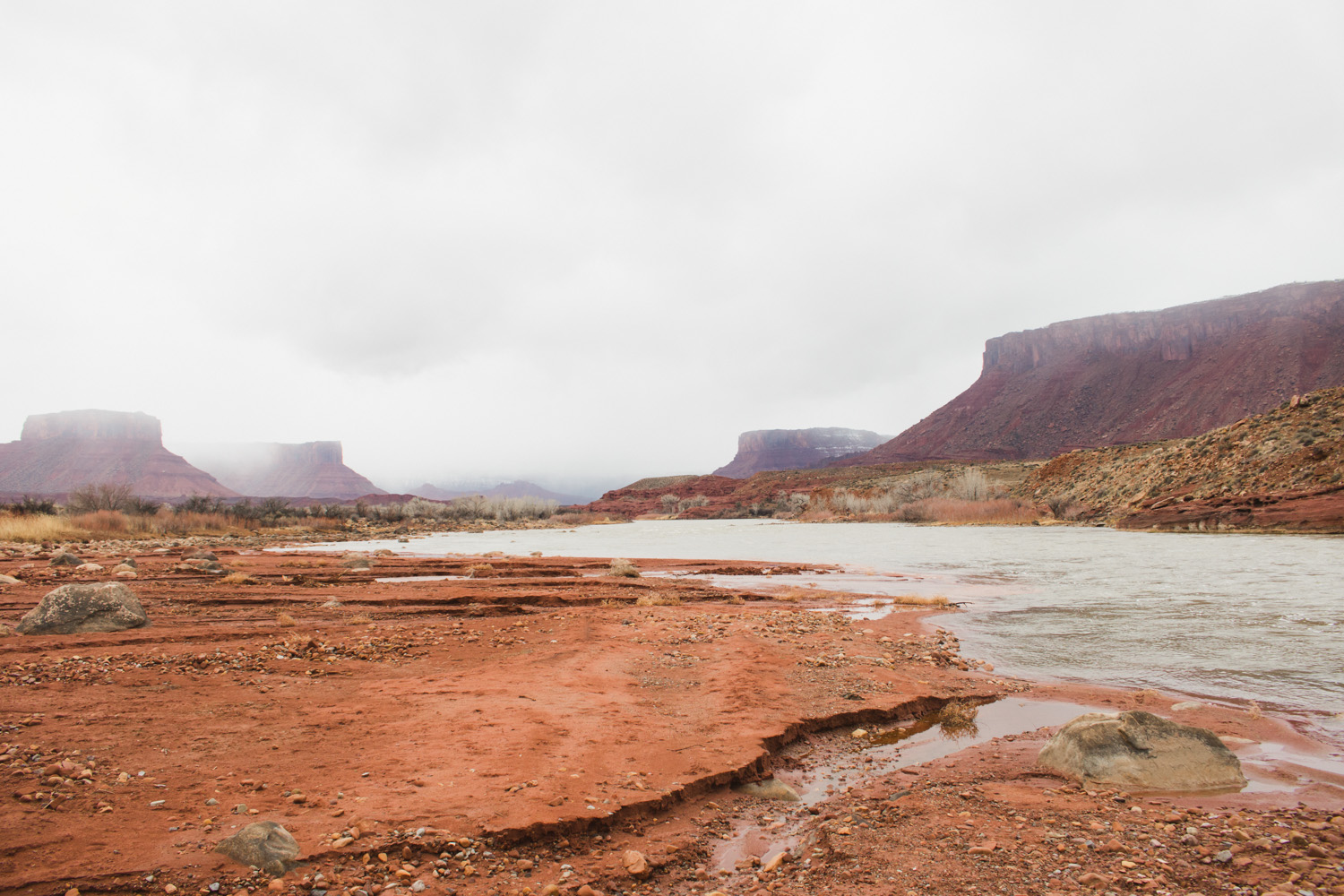
More fast-moving water at the Colorado River
Initially I was nothing other than grateful to be alive. As soon as my body collapsed into the arms of my rescuers, my mind seemed to immediately block out the entire traumatic experience I had just had.
In the days following, I was proud of the strength and determination I found in myself that afternoon (even my rescuers couldn’t believe I had held on so long). But after the shock of the event subsided, some embarrassment and shame surfaced. It’s easy to look back and think, “How could I have been so stupid? No one with any common sense would have done that the way I did it.”
After the shock of the event subsided, some embarrassment and shame surfaced. It’s easy to look back and think, “How could I have been so stupid? No one with any common sense would have done that the way I did it.”
Post-accident I went through a pretty rough breakup and found myself living alone in this remote area I now called home, getting used to different life near the Swan River. Because I was working remotely, I had a ton of time to sit with nothing but my thoughts and emotions without distractions. During this time, something shifted. I felt a desire to look deep within myself, face the parts I did not like, wade into my fear, and hopefully grow into a stronger version of myself.
This past February I was given an opportunity to do just that.
I had reached out to Alpacka Raft with the intention of shooting product photography for them but instead, their marketing manager, Lizzy Scully, invited me to join the women of Alpacka on an upcoming women’s-only swiftwater rescue course in Moab. Within moments of receiving the invitation, I registered and e-mailed her back letting her know I was in.
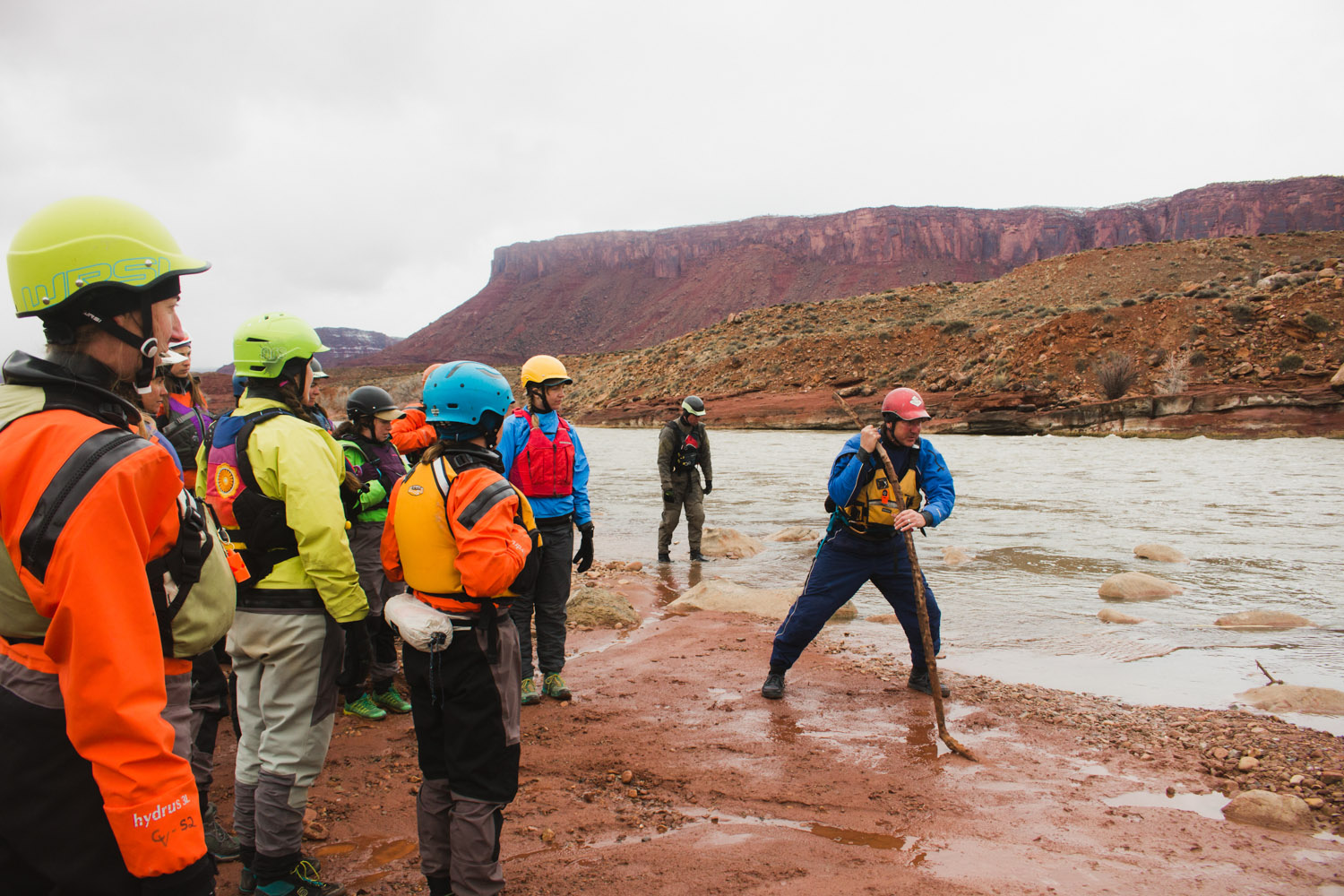
The women of the Alpacka swift water rescue course listen with rapt attention, ready, at the edge of the Colorado River.
Sitting up in my tent next to the Colorado River the night before the course started, I entered the peak of discomfort in this fear-facing journey. Most of my life thus far I had avoided things that I wasn’t naturally good at and things that might make me look silly or cause me to get hurt (physically or emotionally). Surrounded by strangers, my self-doubt and social anxiety were at an all-time high. I barely had cell service, so there was no calling on trusted friends to talk me off the ledge and remind me that all would be okay.
I found myself going over all the ways I wasn’t strong enough, experienced enough, outdoorsy enough… I thought about packing up my car and driving off into the dark of the night more than once. This was my turning point. This is where I could have bailed when things got tough. But I sat there with all the feelings and held on. The feelings didn’t go away, but I knew that if I stayed, at the very least I would be proud of myself for trying.
I found myself going over all the ways I wasn’t strong enough, experienced enough, outdoorsy enough… This was my turning point.
The next day as we got in our packrafts, I felt a mixture of emotions. It was fun bouncing down little rapids on this wide river, with no major hazards in sight. But then it came time for throw bag rescue practice, and we were to split up into two groups: those of us throwing the bags and those of us throwing ourselves into the current to be “rescued.” Almost without thinking, I volunteered myself to be in the group getting in the water first. (Normally, I would wait until the question, “Is there anyone else who hasn’t gone?” but I think I wanted to get it over with).
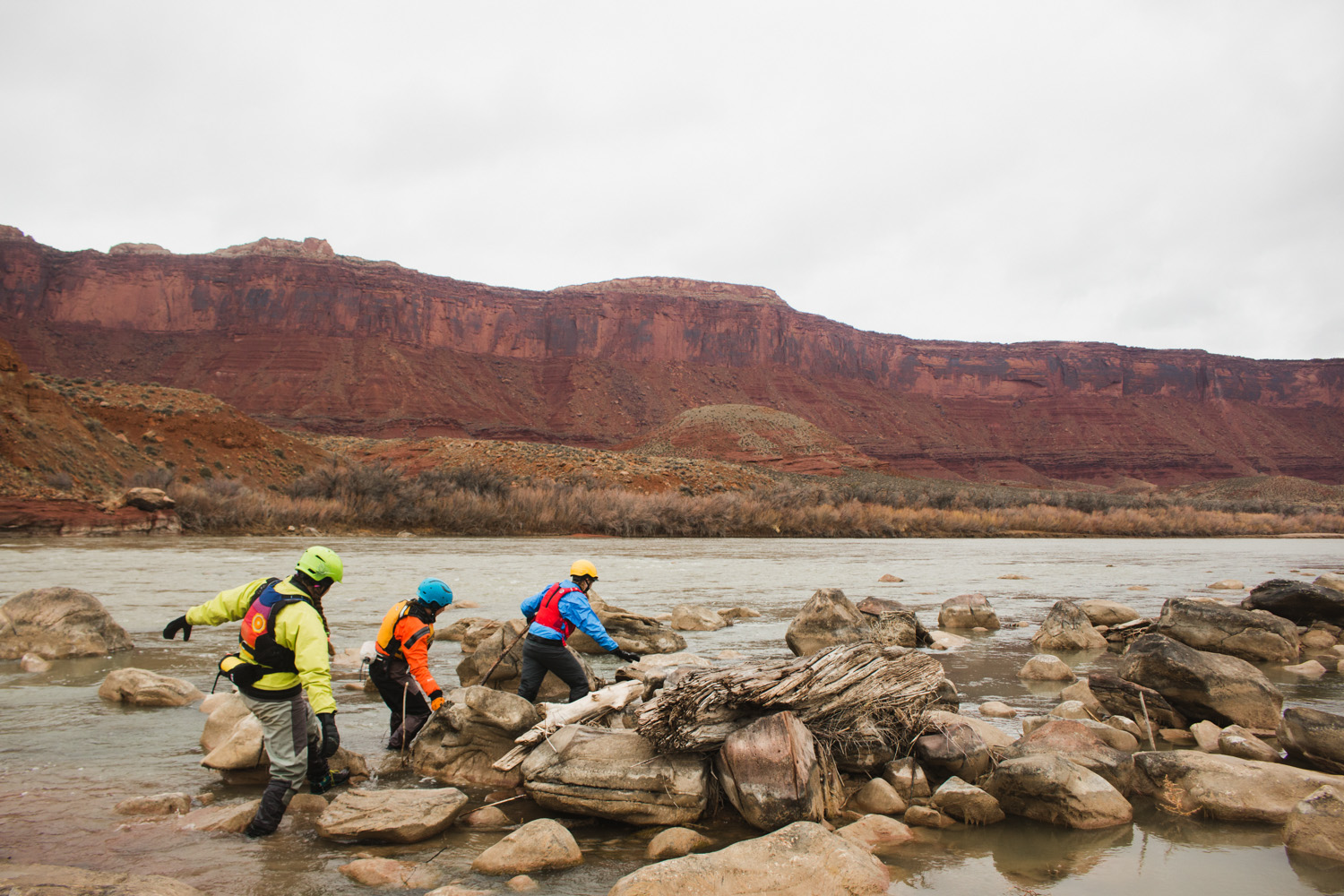
Wading in to the swift water
As I stood third in line, my heart was racing and my throat tightened up. I watched the whitewater surging in front of me and recalled the feelings of being helpless under the power of hydraulics, of not knowing if I’d get another breath.
“I can’t do this” ran through my head a couple of repeated times until I witnessed one of the women, who I viewed as an older, afraid-of-nothing badass, reminding herself to breathe before jumping in the river before me. In that moment, I stopped feeling alone in my fear. I saw her successfully catch her rope, took a deep breath, tapped the top of my helmet (the sign for “I’m ok” or “I’m ready”), ignored the turmoil of nerves in my stomach, waded forward a few steps and threw myself into the current.
I just went with it, and realized how different it feels when you’re not fighting it. I can tell you that nothing felt better than catching that rope and being pulled into the eddy. I traveled through my fear and discomfort and made it out alive (and stoked on life) on the other side.
“I can’t do this” ran through my head a couple of repeated times until I witnessed one of the women, who I viewed as an older, afraid-of-nothing badass, reminding herself to breathe before jumping in the river before me. In that moment, I stopped feeling alone in my fear.
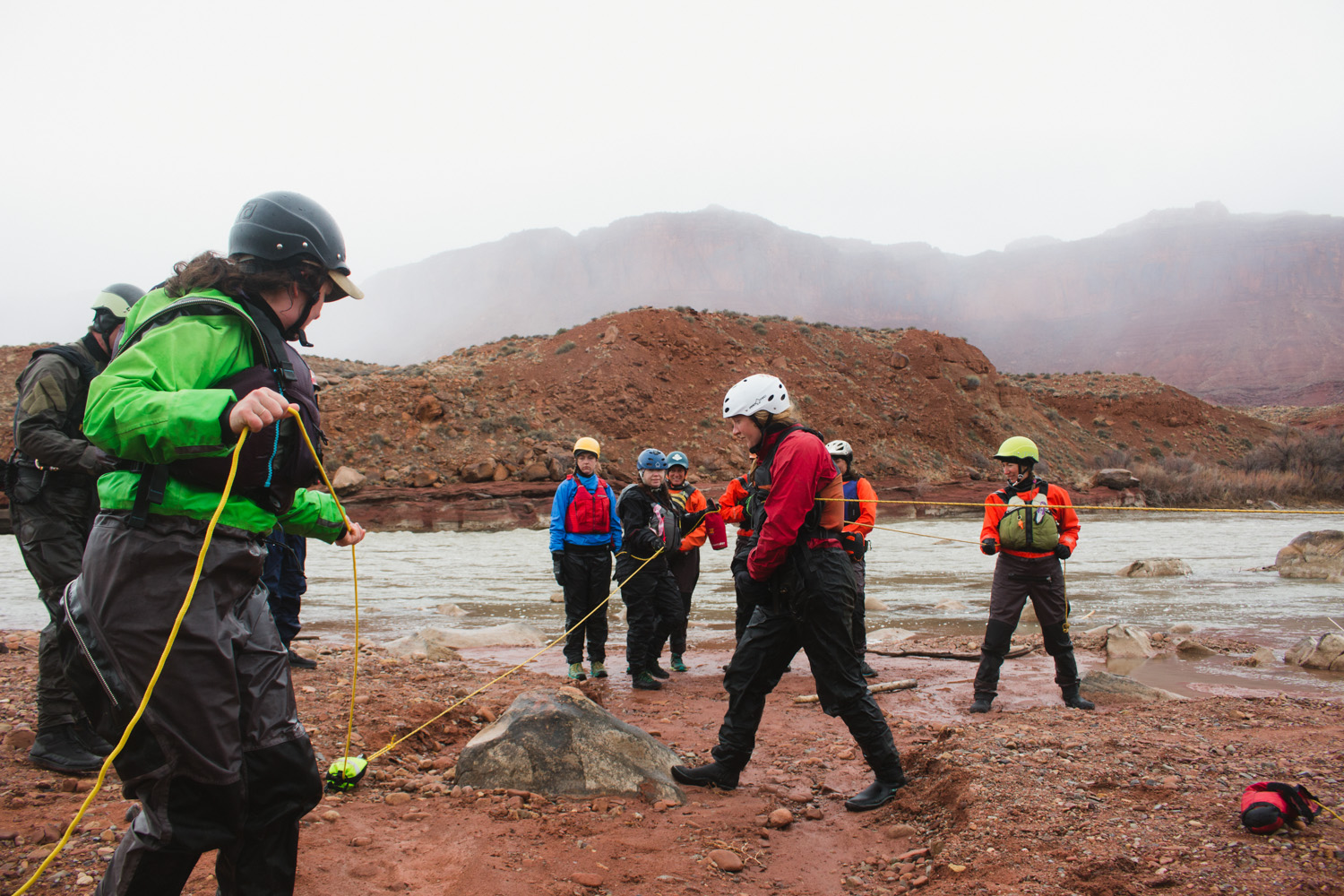
By the end of the three-day course, I left feeling proud of myself and grateful for the opportunity the incredible women of Alpacka had given me. I had a whole new sense of confidence and a newfound love for whitewater. I was reminded of my mindset I had immediately following my near-death experience; life is so short, so why not just go for it? I’m finally better understanding that those people I perceive as brave, they experience the fear too — they just decide to keep moving.
Andrea DiNino is a photographer and writer who lives in the Swan Valley of Montana, where she currently works for a conservation & education non-profit and volunteers at a raptor rehabilitation center. She’s a passionately curious adventurer who feels most at home in untamed places. See more of her work at andrea-dinino.com and on Instagram @andrea-dinino.
Be the first to comment